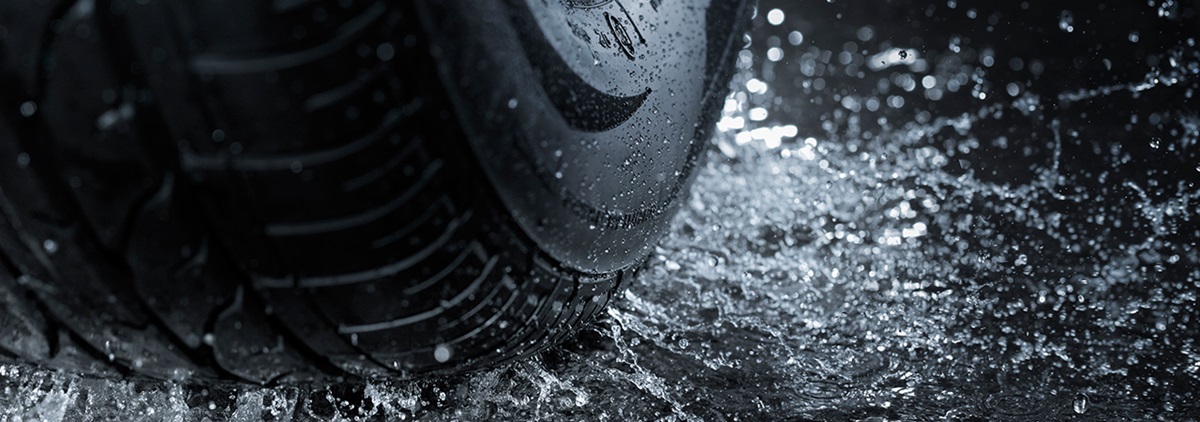Bridgestone's Wet Weather Driving Tips

Winter has arrived again and for many of you, this means navigating wet roads and challenging driving conditions. Your safety is important to us here at Bridgestone, which is why we’ve put together some practical tips on how to stay safe on the road in wet weather.
Check your tread depth
A worn tyre increases braking time, as well as your chances of losing control, so it’s very important to make sure your tyres are well maintained and in good condition. We recommend a minimum tread depth of 1.6mm.
If you feel as though you’re coasting, losing direct steering control or experiencing increased braking distance, drop by your local Bridgestone store and have a technician take a closer look at your tyre wear.
Don’t put off replacing your tyres. When you consider your car is only connected to the road by the equivalent of one handprint of tread from each tyre, you realise just how important they are to you and your family’s safety.
Keep an eye on your tyre pressure
Check your tyres weekly and before long trips to ensure they are properly inflated to the vehicle manufacturer’s specification.
Remember, the correct tyre pressure varies depending on what you drive and where. Don’t rely on advice from others or your experience with past cars – check the recommended psi on your current vehicle’s tyre placard.
Slow down and leave a safe gap
A critical point to consider is that wet roads need to be approached very differently to dry ones.Slow down and avoid hard breaking or turning to reduce your chances of aquaplaning (when tyres lose traction and rise above a body of water). Try and remember to drive in the tracks of the vehicle ahead, while allowing adequate distance between you, and start slowing down earlier before intersections, traffic lights and other turns.
Slowing down also reduces the impact if faced with a collision. According to the Australian Federal Police, colliding at a speed of 50 km/h is equivalent to a vehicle falling from a three storey building – with you inside. Double this to 100 km/h and you’re facing the equivalent of a 12 storey descent.
Connect with us on Facebook.

Bridgestone Insider brings you all the latest updates, expert advice and guides from the team at Bridgestone Australia
